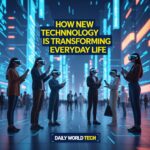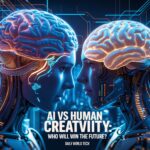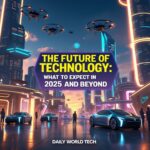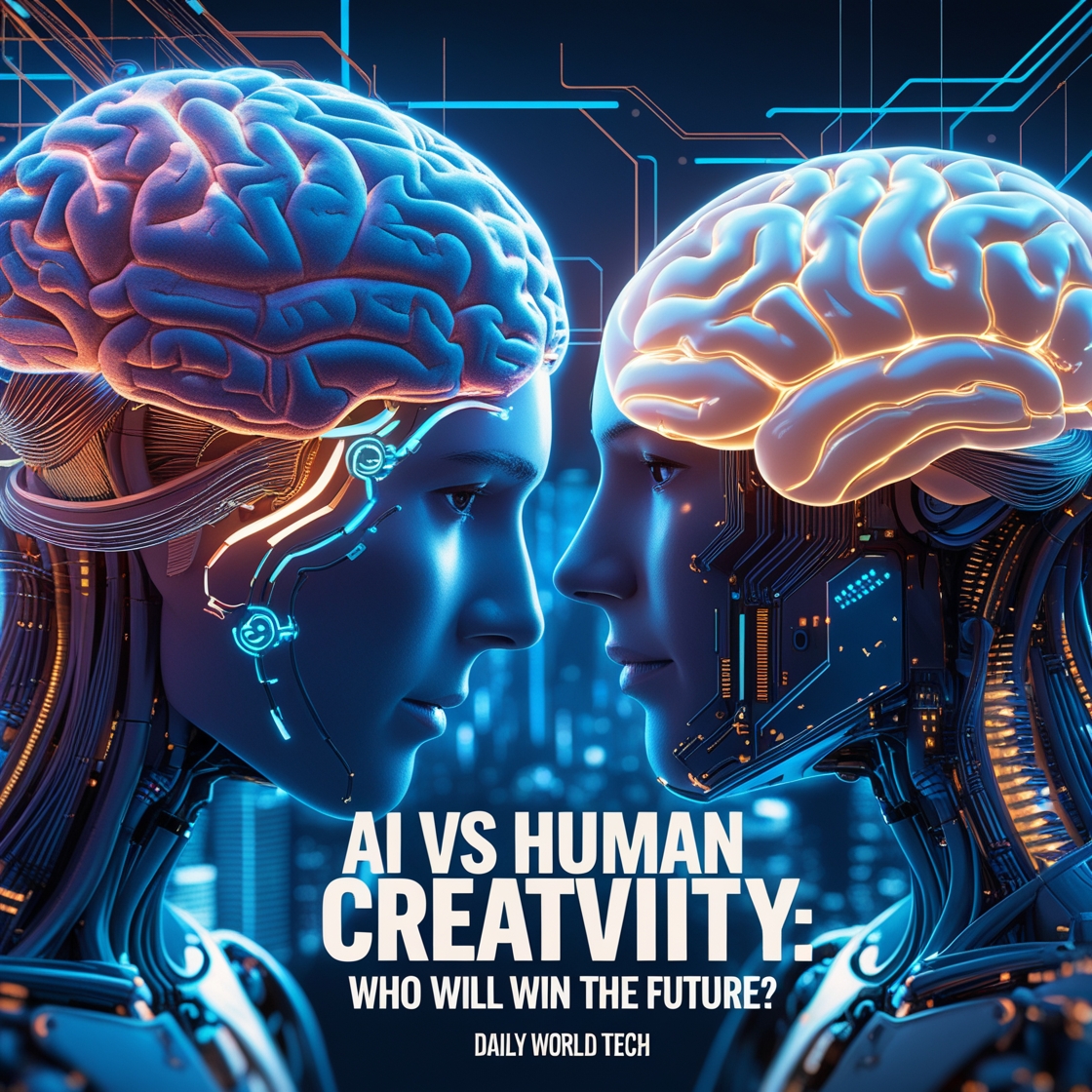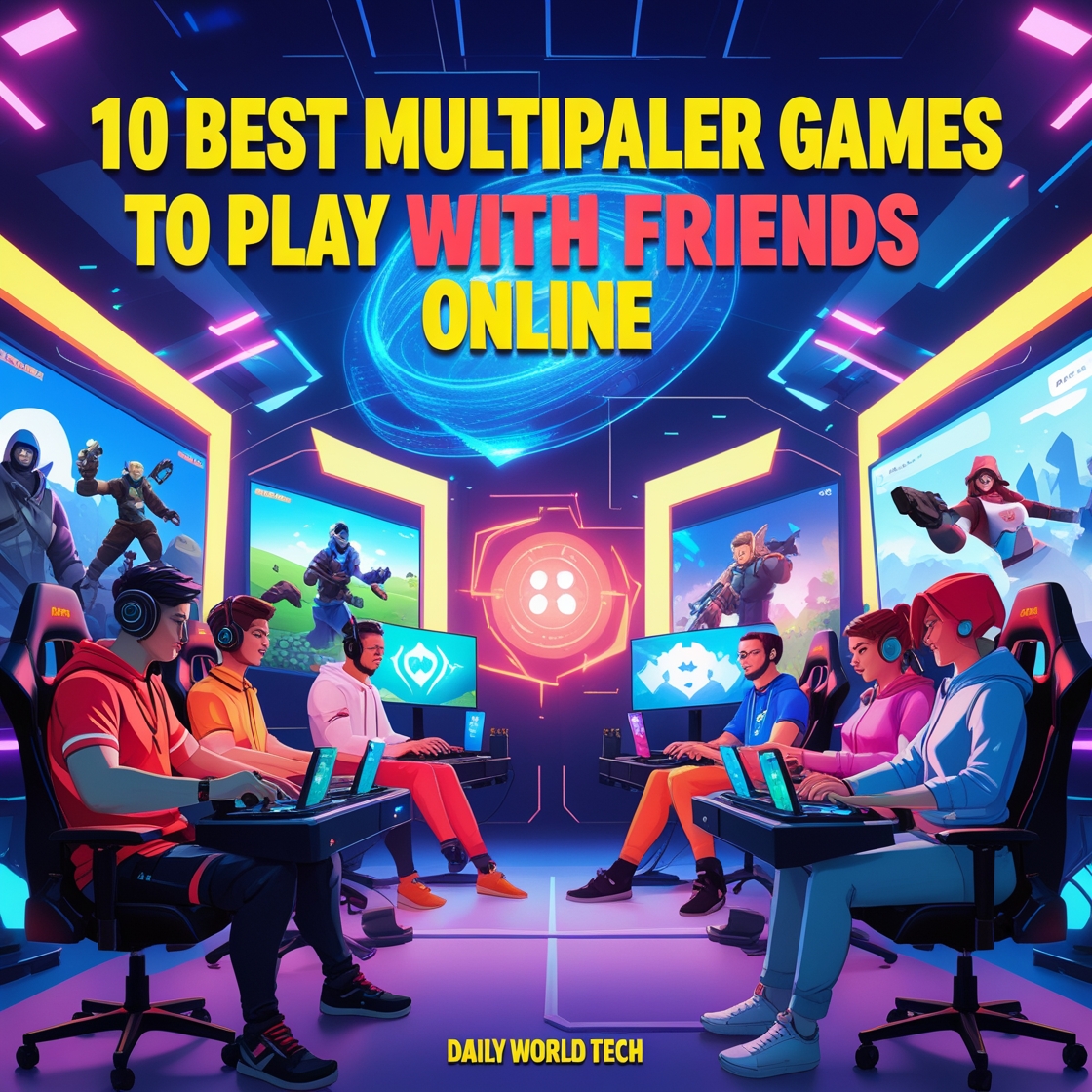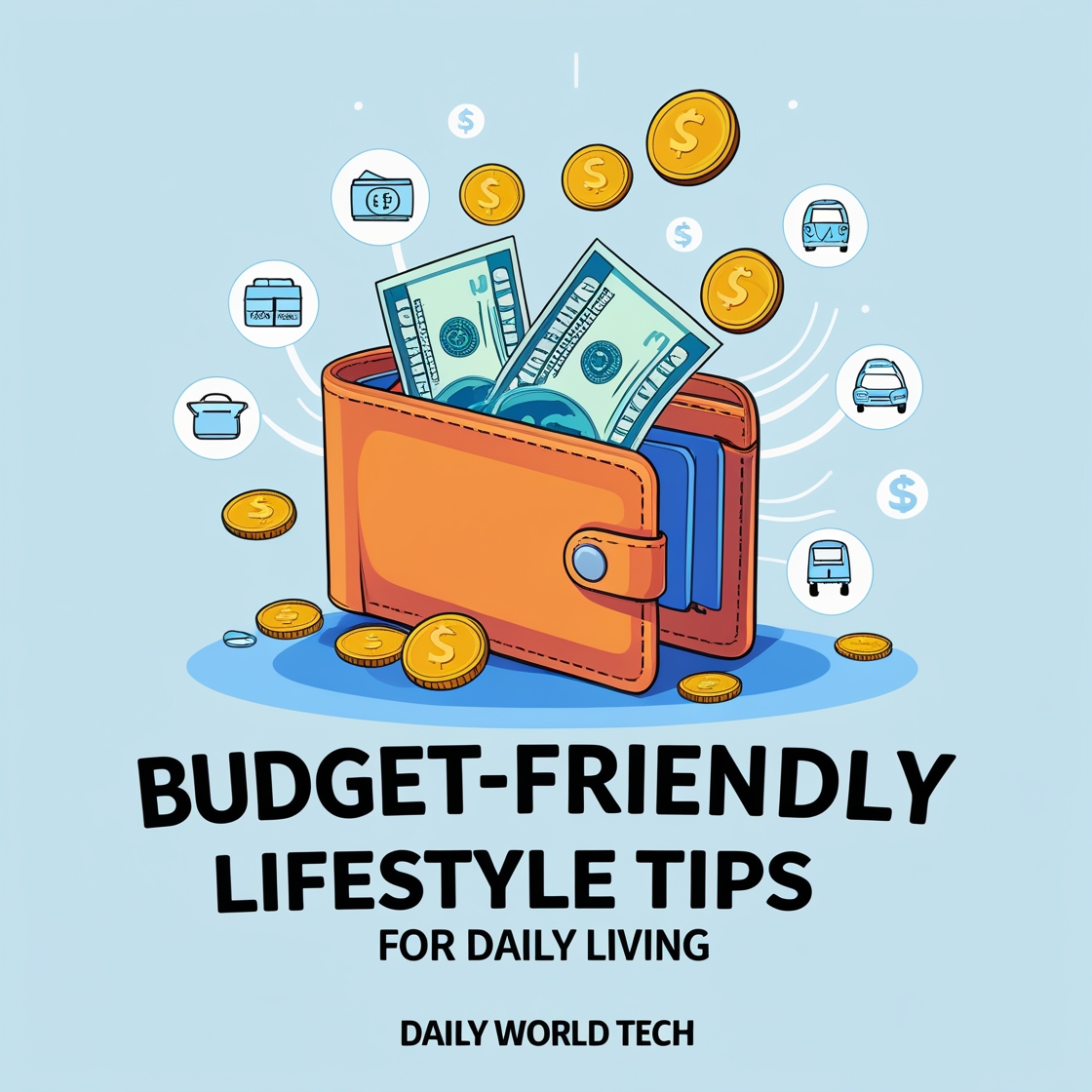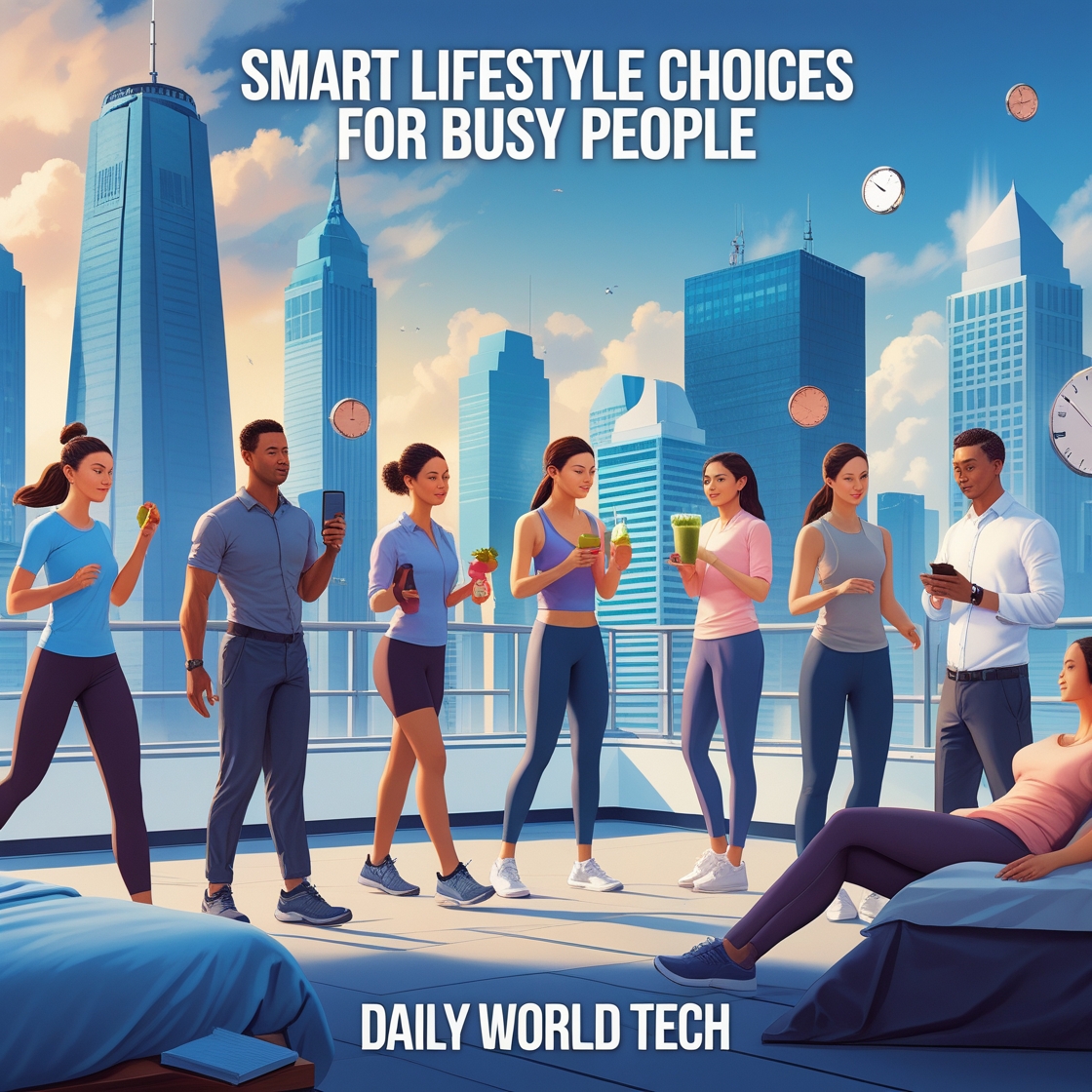Artificial intelligence (AI) is no longer a mere tool in today’s rapidly evolving world, but it is becoming a vehicle of creativity in its own right. Creating art that looks realistic or composing music and even writing stories, AI is proving the long-cherished notion that creativity is a uniquely human capability.
This begs an interesting question, namely: AI vs Human Creativity, who will have a future?
To do this, we must dig in to really see what it is to be creative, how AI has progressed in this regard, where the human imagination maintains its edge, and what the future can possibly be of this and such an increasing conflict.
Creativity: Human vs Machine
Creativity is a concept that can be understood both by human beings and by a machine.
To compare AI with human beings, it is worth defining what is meant by creativity. Creativity may simply be termed as the ability to create something new, original, and valuable. It is driven by imagination, feelings, culture, and personal life. In the case of human beings, creativity is closely linked with consciousness and self-expression.
On the contrary, AI does not imagine and has no feelings in a similar way. Rather, AI creativity rests on the patterns of data. When asked to generate a picture showing a futuristic city, the AI is not going to imagine it in a way similar to the human mind. It instead gathers patterns in millions of existing images of cities, architecture, and landscapes to create new, yet mathematically derived images.
So, the point of the matter between them is as follows:
- Human Creativity: Emotional, intuitive, unpredictable
- AI Creativity: Data-driven, mathematical/logical, and pattern-based
The Emergence of Artificial Intelligence in the Creativity Sphere
There has been an amazing increase in the content generation capabilities of AI. These are some of the areas where AI technology is stretching the limits of the creative world:
- Art and Design
Literally in a few seconds, you can create stunning artwork using DALL·E, MidJourney, and Stable Diffusion. Designers and artists are finding ways to brainstorm, produce visuals, and even sell off AI-generated artworks for thousands of dollars. In 2018, a picture by an AI named Edmond de Belamy reportedly sold at Christie’s auction house for $432,500. - Music Composition
AIVA and Amper Music are among the programs capable of creating music of different styles (classical music, jazz, electronic) within moments. Artists are now working in collaboration with AI to produce individualized soundscapes that reflect the precision of an algorithm and the human feelings. - Writing and Narration
ChatGPT and Sudowrite are tools that can write whole novels, scripts, and poems. Other authors employ AI as a co-author to get over writer’s block or accelerate creative efforts. Also on the rise is AI journalism, whereby algorithms are used to create news stories and reports at an accelerated rate. - Animation and Film
In the field of computer graphics, AI is being applied to computer-generated effects, adaptive video editing, and even scriptwriting. Apps such as Runway are assisting creators to generate video content without costly production crews. - Gaming
Game designers incorporate AI in the development of levels, characters, and immersive scenarios. Artificial intelligence-based characters are even able to be more dynamic and adapt to their behavior on the fly, adding to the gaming experience.
AI Strengths in Creativity
There are definite benefits that can be realized by AI in relation to creative work:
- Fast and Big
Its ability allows AI to come up with hundreds of ideas, visualizations, or musical tunes within minutes or even seconds an impossibility among human beings. - Massive Knowledge Access
AI gathers data on a large scale, so it is exposed to a greater variety of artistic styles, techniques, and trends than any human being. - Consistency
AI is never blocked, tired, or in a bad mood. It has the ability to generate dependably at any time. - Collaboration Tool
There are splendid examples when AI is not a killer of creativity but a booster of it. Artists make use of AI to stimulate ideas they could not have thought of normally.
The Drawbacks of AI Creativity
Even with its increased strength, AI does not yet have all of the aspects of human creativity:
- Lack of Emotion
AI will never be able to actually feel joy, sadness, or inspiration. Although it can be programmed to imitate emotions, it does not experience them. - No Original Thought
AI does not create from nothing; it recombines existing data. Human creativity frequently derives from imagination or abstract thinking not applied to any pattern. - Context and Symbolism
People do art not only to produce something beautiful but also to impart a message, a story, or a statement of identity. Context and symbolism are areas that trouble AI. - Ethics and Ownership
AI raises issues of plagiarism, originality, and copyright. Should the user have the rights to an AI-generated song that sounds similar to The Beatles the user, the AI creators, or the dataset used to train the AI?
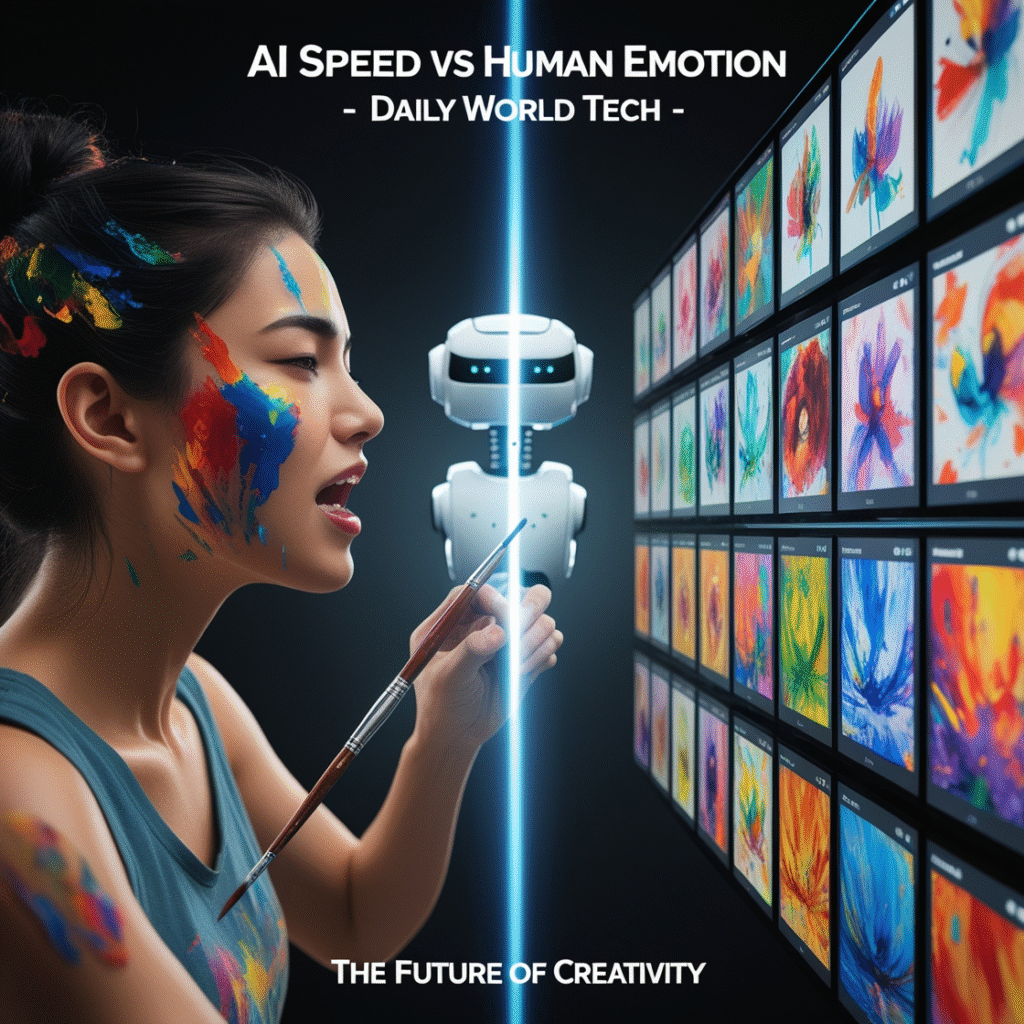
Human Creativity: Our Unbeatable Advantage
Although AI is powerful, it still has its limits in some features:
- Emotional Affiliation: Art, music, or literature tends to be appealing because it mirrors actual life experiences. A poem about heartbreak is more genuine when written by someone who has truly experienced it.
- Cultural Influence: Humans are influenced by traditions, language, and social interactions that make art more personal and cultural than AI can simulate.
- Innovation Without Data: The most important human inventions of all time the airplane, internet, or abstract art did not emerge from existing datasets.
- Ethics and Values: Humans determine why creativity is important and how it affects society. AI cannot perform moral or value-based judgment.
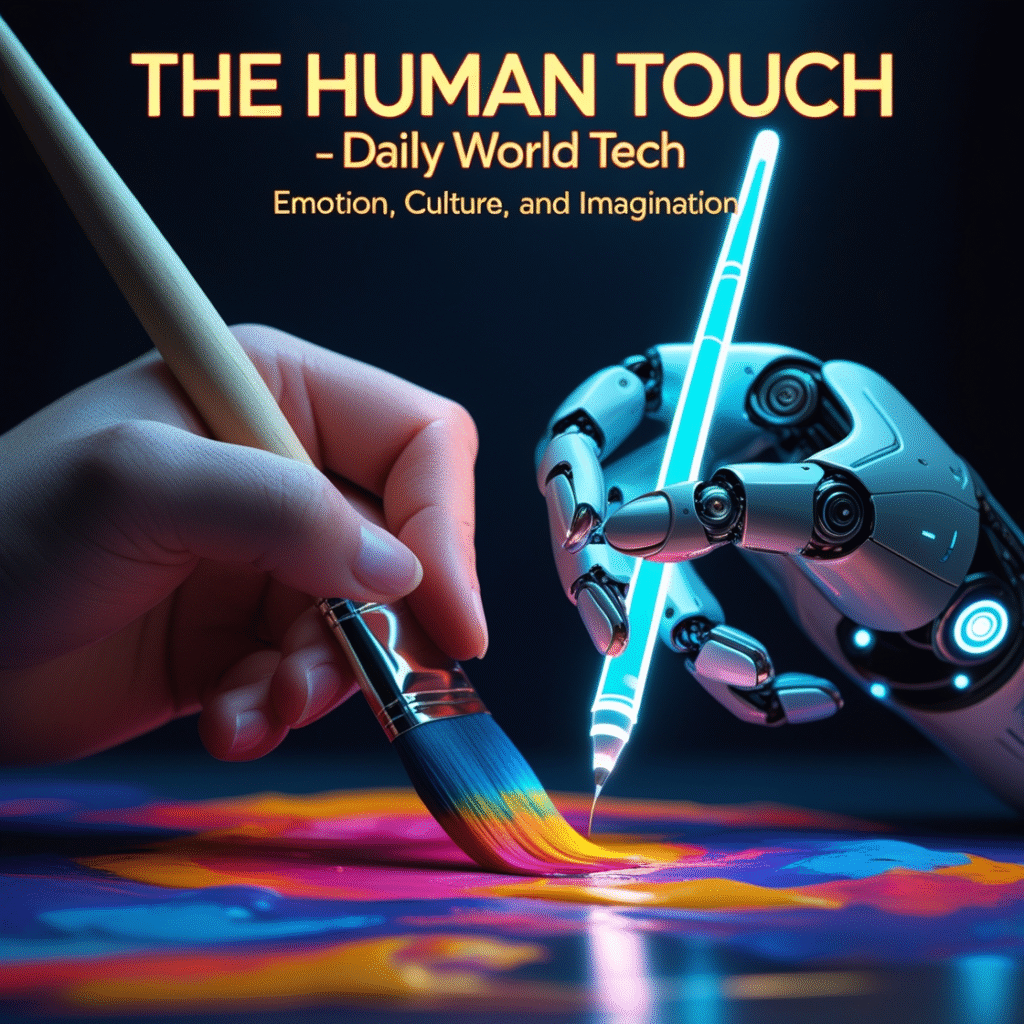
AI as a Partner, Not a Rival
It is not so much about AI vs Human Creativity but rather AI + Human Creativity. When applied as an instrument, AI can extend human imagination rather than replace it.
For example:
- Authors prepare outlines with AI and refine them with personal style.
- Musicians use AI-generated beats, then add human vocals for emotion.
- Designers use AI for rough ideas, then polish them with a human touch.
The result is enhanced creativity, where humans and AI supplement one another’s capabilities.
Who Will Win Out?
Will AI one day usurp the seat of human creativity? This depends on how we define “winning.”
- Speed, efficiency, and volume → AI has already won this game.
- Authenticity, emotion, and meaning → Humans remain irreplaceable.
A more probable future is a hybrid scenario, where AI tools are as common in creative industries as Photoshop, musical instruments, or film cameras are today.
AI will not take away human creativity it will transform it. Just as photography didn’t kill painting but gave birth to new styles, AI will encourage human creators to explore new realms.
Conclusion
The debate regarding AI and human creativity is not about who will win or lose but about how the two can exist side by side.
- AI → Fast, diverse, and data-driven.
- Humans → Imaginative, emotional, and culturally rich.
The collaboration, not competition, is most likely the future of creativity.
Ultimately, there is no substitute for the human touch our ability to feel, dream, and tell stories. A human being is the axis of interactivity, while AI can serve as a powerful assistant.
The real answer is: Neither Artificial Intelligence nor humans alone will win. The future of creativity belongs to both together.



